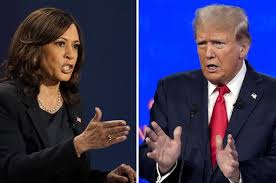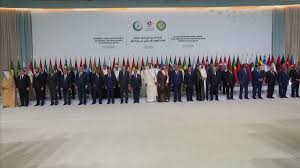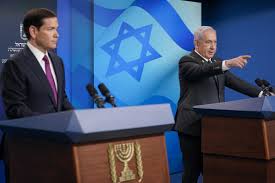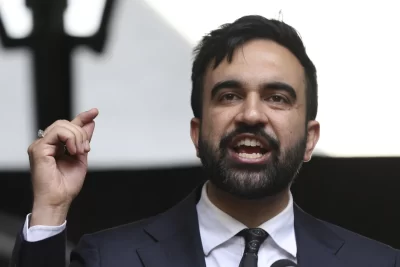
WASHINGTON — This year’s presidential race is a genuine contest of ideas between Vice President Kamala Harris and former President Donald Trump — with clear differences on taxes, abortion, immigration, global alliances, climate change and democracy itself.
Since replacing President Joe Biden as the Democratic nominee, Harris has pledged to chart a new way forward even as she has embraced many of his ideas. She wants middle class tax cuts, tax hikes on the wealthy and corporations, a restoration of abortion rights and a government that aggressively addresses climate change, among other stances.
Seeking a return to the White House, Trump wants to accomplish much of what he couldn’t do during a term that was sidetracked by the global pandemic. The Republican wants the extension and expansion of his 2017 tax cuts, a massive increase in tariffs, more support for fossil fuels and a greater concentration of government power in the White House.
The two candidates have spelled out their ideas in speeches, advertisements and other venues. Many of their proposals lack specifics, making it difficult to judge exactly how they would translate their intentions into law or pay for them. While the candidates agree on not taxing workers’ tips, the outcome in November could drastically change the tax code, America’s support for Ukraine, abortion access and the commitments made to limit the damage caused by climate change.
Here’s where each candidate stands on 10 top issues:
HARRIS: The vice president has called on Congress to pass legislation guaranteeing in federal law abortion access, a right that stood for nearly 50 years before being overturned by the Supreme Court. Like Biden, Harris has criticized bans on abortion in Republican-controlled states and promised as president to block any potential nationwide ban should one clear a future GOP-run Congress. Harris was the Democrats’ most visible champion of abortion rights even while Biden was still in the race. She has promoted the administration’s efforts short of federal law — including steps to protect women who travel to access the procedure and limit how law enforcement collects medical records.
TRUMP: The former president often brags about appointing the Supreme Court justices who overturned Roe v. Wade. After dodging questions about when in pregnancy he believes the procedure should be restricted, Trump announced last spring that decisions on access and cutoffs should be left to the states. He has said he would not sign a national abortion ban into law if one landed on his desk and recently said he would not try to block access to abortion medication. He told Time magazine that it should also be left up to states to determine whether to prosecute women for abortions or to monitor their pregnancies. He has also said that, if he wins, he wants to make IVF treatment free for women.
Climate/Energy
HARRIS: As a senator from California, the vice president was an early sponsor of the Green New Deal, a sweeping series of proposals meant to swiftly move the U.S. to fully green energy that is championed by the Democratic Party’s most progressive wing. Harris also said during her short-lived 2020 presidential campaign that she opposed offshore drilling for oil and hydraulic fracturing. But during her three and a half years as vice president, Harris has adopted more moderate positions, focusing instead on implementing the climate provisions of the Biden administration’s Inflation Reduction Act. That provided nearly $375 billion for things like financial incentives for electric cars and clean energy projects. The Biden administration has also enlisted more than 20,000 young people in a national “Climate Corps,” a Peace Corps-like program to promote conservation through tasks such as weatherizing homes and repairing wetlands. Despite that, it’s unlikely that the U.S. will be on track to meet Biden’s goal of cutting greenhouse gas emissions in half by 2030 — a benchmark that Harris hasn’t talked about in the early part of her own White House bid.
TRUMP: His mantra for one of his top policy priorities: “DRILL, BABY, DRILL.” Trump, who in the past cast climate change as a “hoax” and harbors a particular disdain for wind power, says it’s his goal for the U.S. to have the cheapest energy and electricity in the world and has claimed he can cut prices in half within a year of his potential return to office. He’d increase oil drilling on public lands, offer tax breaks to oil, gas and coal producers, speed the approval of natural gas pipelines, open dozens of new power plants, including nuclear facilities, and roll back the Biden administration’s aggressive efforts to get people to switch to electric cars, which he argues have a place but shouldn’t be forced on consumers. He has also pledged to re-exit the Paris Climate Accords, end wind subsidies and eliminate regulations imposed and proposed by the Biden administration targeting energy-inefficient kinds of lightbulbs, stoves, dishwashers and shower heads.




